One of the impulses for my last trip to Scotland was to investigate the country’s mysterious Pictish past. The Picts play an important role in the novel I’m writing; they are a foundational element to the world and backstory that I’m twisting into historical fiction. We know a lot about the Scots who came over from Ireland and their Gaelic kingdom of Dál Riata, but the narrative of the Picts and their cultural arc have remained elusive to historians and archaeologists for hundreds of years. We know shockingly little about the Picts, a name that derives from the Latin Picti, meaning ‘painted or tattooed people,’ beyond a handful of kings’ names and a scattering of oblique references to the people and places of Pictland from monks with little better to do than record the events of the days through the editorial lens of Christian fanaticism.
In the context of humanity’s knowledge of history, we know next to nothing about the Picts. I find that to be a wonderful and almost impossible to believe circumstance, and it tells me we’re in that twilit zone just before an artifact or breakthrough is found and everything becomes much clearer.
We do know some things. We know the Picts were a people that formed in Late Antiquity and disappeared by the end of the first millennium AD, possibly in response to the dawn of the Viking Age. We know the Picts were master craftsmen, especially stoneworkers, as they’ve left hundreds of perplexing symbol stones around northern Scotland. These stones make for an excellent and interesting starting point for any investigations into Pictish culture, especially in Easter Ross where there’s a dedicated Pictish Trail (there’s also one in Angus/Perthshire).
From my headquarters at Wemyss House in the heart of the trail, I wrapped in several visits to these ancient markers of Pictish civilization.
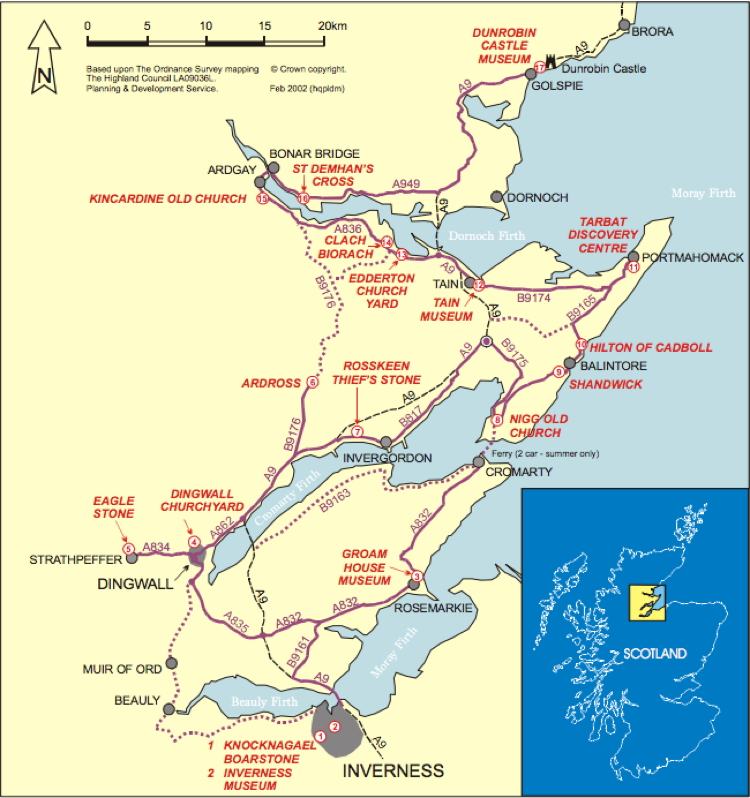
The Eagle Stone
The old spa village of Strathpeffer just west of Dingwall is a pretty town in elevated surroundings that hides an ancient stone in a field between residences. The Eagle Stone, as it is called for the stylized eagle standing beneath a horseshoe, is a Class 1 Pictish stone. Class 1 stones are unworked stones with only incised symbols that date from the 6th, 7th, and 8th centuries. Incredibly, the site is designed for visitors to walk inside the enclosure, and, if you’re feeling daring, you can touch this ancient stone. Just don’t knock it over. The Brahan Seer prophesied that if the stone fell three times the surrounding valley would be flooded. It has already fallen twice…
The Nigg Stone
Just down the road from my B&B, in the basement of the Nigg Old Church, stands the magnificent Nigg Stone. This Class 2 beauty, stones that are carved in relief with Christian motifs dating from the 8th and 9th centuries, illustrates the Picts’ expert craftsmanship and depicts a complicated scene made more difficult to understand by the defaced, missing section. This stone is 1,300-1,400 years old – can you imagine what it looked like when it was new? Are the whorls and interlocking patterns merely decoration, or are they full of meaning? The backside of the stone is carved with similar quality.
The Shandwick Stone
The Fearn Peninsula is rife with amazing Pictish stones, and the Shandwick Stone is no exception. In days of yore, this Class 2 stone was used as a landmark by local boats. These days it’s in a glass shelter to protect it from the elements, which is pretty unique among these ancient stones (though you’d think it would be more common). There is a gorgeous hunting scene in the lower half of the stone above an incredible interlocking knotwork of triskelions.
Portmahomack’s Tarbat Discovery Centre
At the northern tip of the Fearn Peninsula lies the small town of Portmahomack with its Tarbat Discovery Centre housed in the old parish church. The Discovery Centre contains a treasure trove of Pictish stones and fragments unearthed by ongoing excavations here, which was the site of an ancient monastery founded in the 8th century by Christian missionaries like St. Columba who worked to convert the pagan Picts. The Tarbat Discovery Centre provides the most in-depth look at Pictish sculpture along the trail with loads of interactive and informational displays that will leave you so puzzled about the past you’ll have to head into town and have a pint or two to fog your mind with something more concrete. Like ale.
Clach Biorach
On my way back from the excellent Balblair distillery in Edderton, I happened across this sharp standing stone in a field just off the road. In fact, it’s name, Clach Biorach, translates to “sharp stone.” This Class 1 stone dates to the Bronze Age, and, clearly by the look of it, the stone has seen lots of days (many of them better). As with many stones of such antiquity, it has been reused over the ages. It is said to mark the grave of a Danish prince who died in battle here.
Dunrobin Castle
Driving north along the eastern coast of Sutherland I stopped at the imposing Dunrobin Castle just outside Golspie. The Dunrobin Castle Museum houses a private collection of more than 20 Class 1 and Class 2 Pictish stones from around Sutherland. The stones are varied in their carvings, and they stand out where you can feel the same stone worked by these mysterious people so long ago. More stones are found every year in the area.
The mystery of the Picts only deepened for me after visiting the symbol stones around Easter Ross. There is certainly a shared symbology among the stones, with specific beasts, designs, and unknown images appearing over and over on the stones. Could these be a kind of symbol language? Tribe or clan symbols? Something else entirely? It’s this last question that makes the Picts so interesting. The prevailing academic belief is that the invading Vikings forced the Gaelic Scots and the Picts to form an alliance that brought many of the Scots into Pictish lands. Over time, it is believed that the Picts were assimilated into Gaelic culture, their own culture forever lost.
These were truly the dark ages. There are no written records from Pictish sources during this era. All we have are notes of monks from around the periphery of pagan Pictland. What momentous battles took place? What wondrous works were created? What tales wait to be told?
Perhaps one day they will be unearthed or deciphered. In the meantime, we can only imagine.

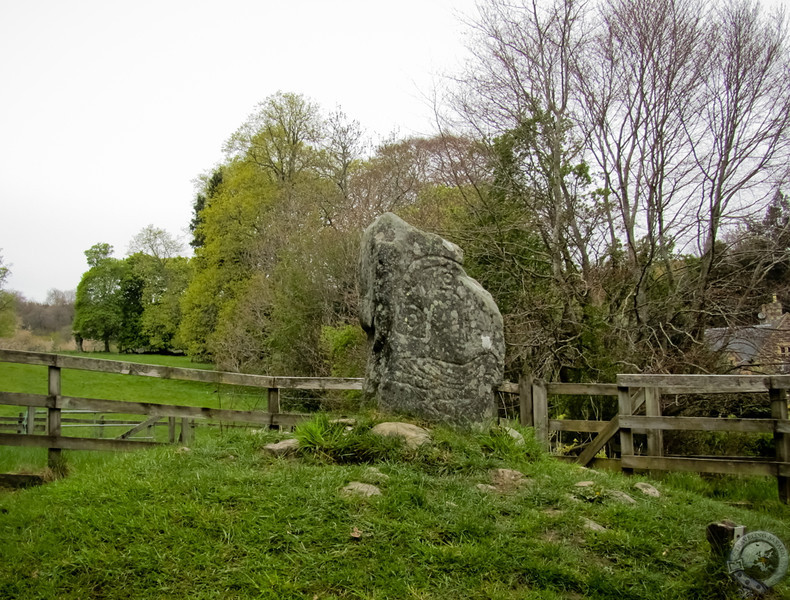
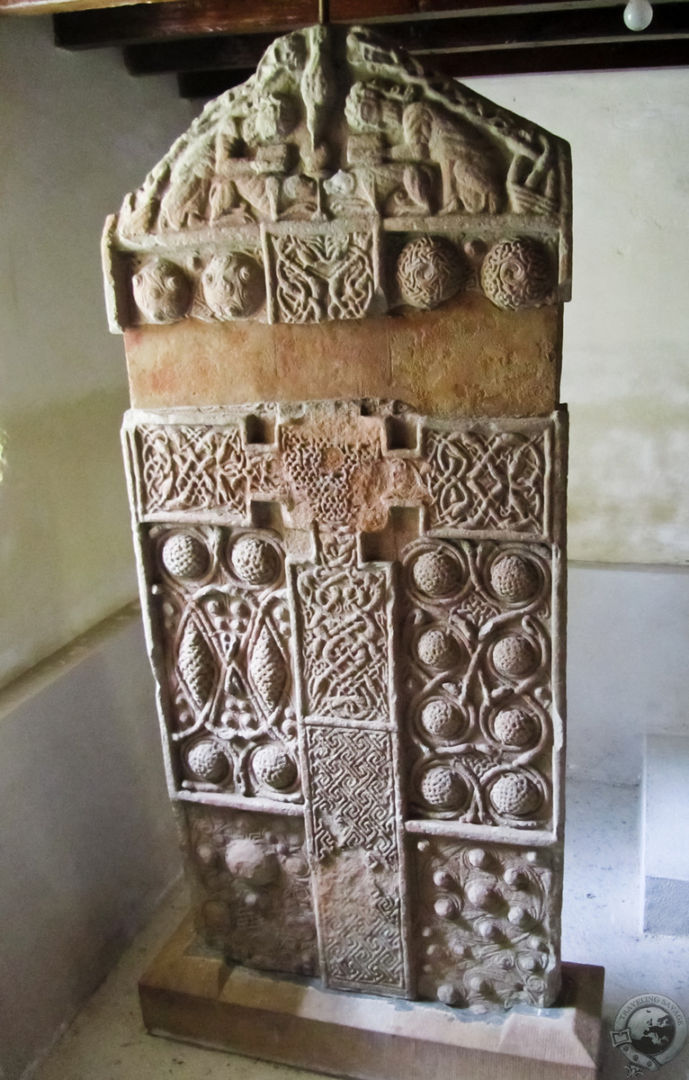
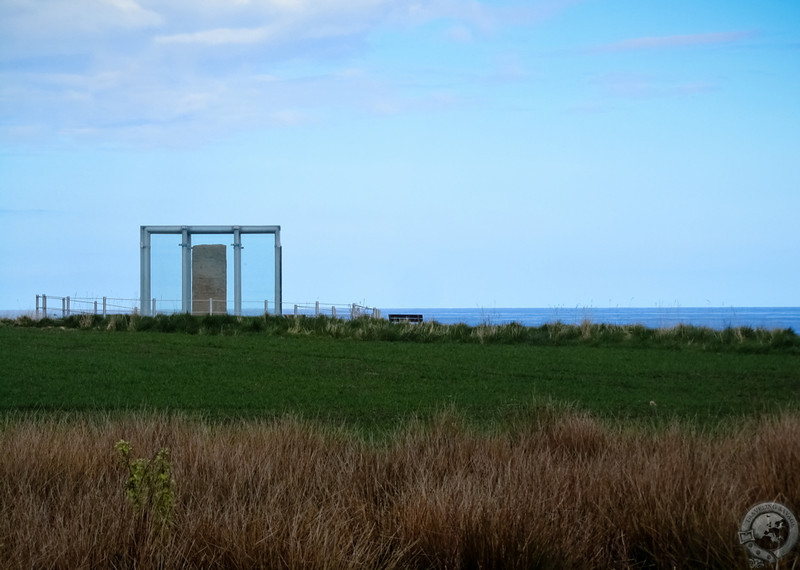
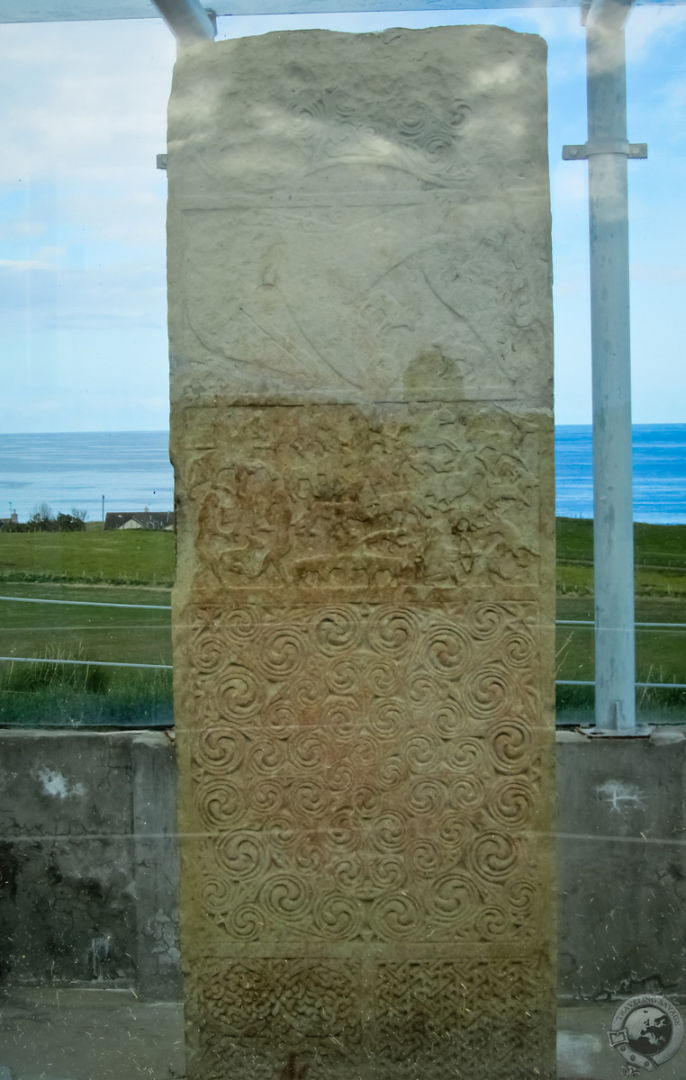
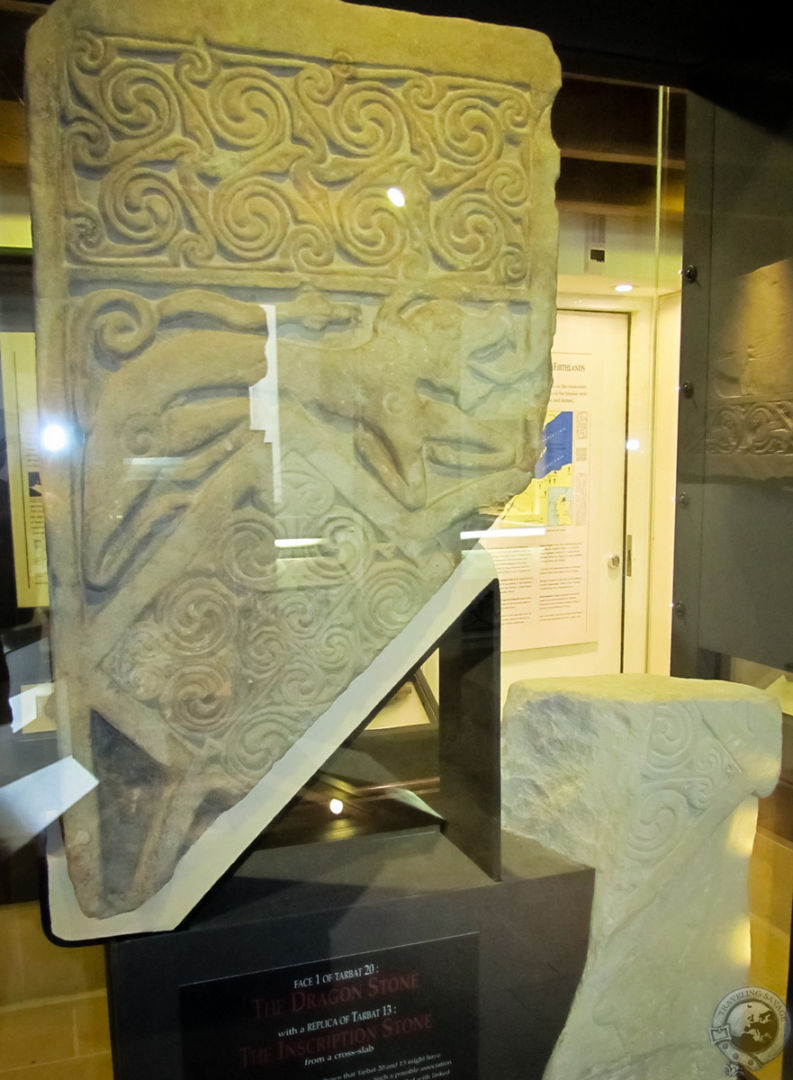
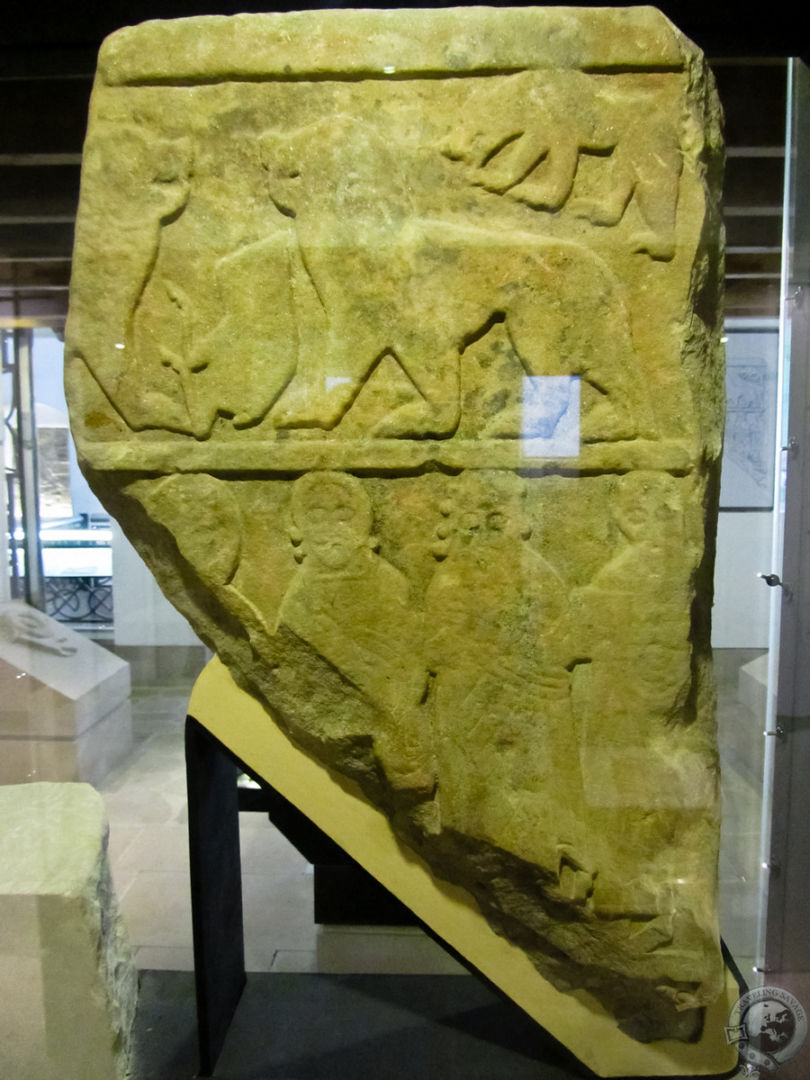
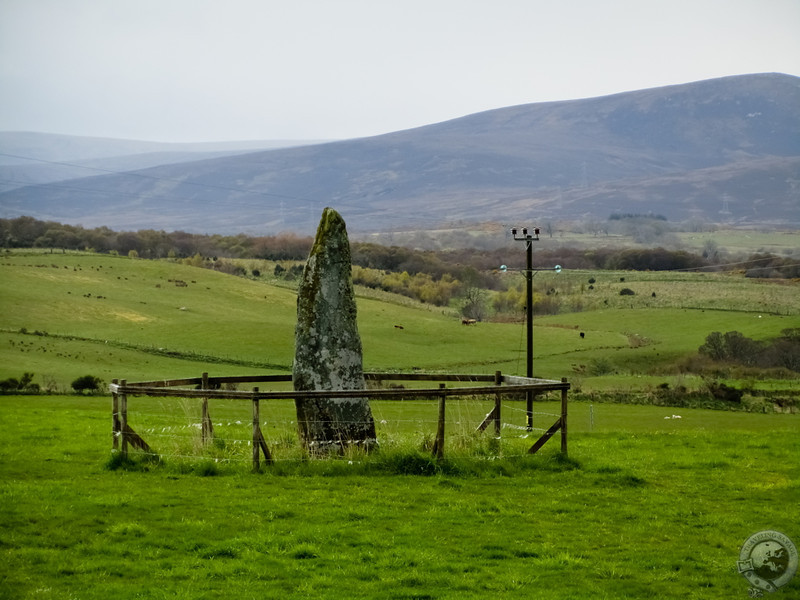
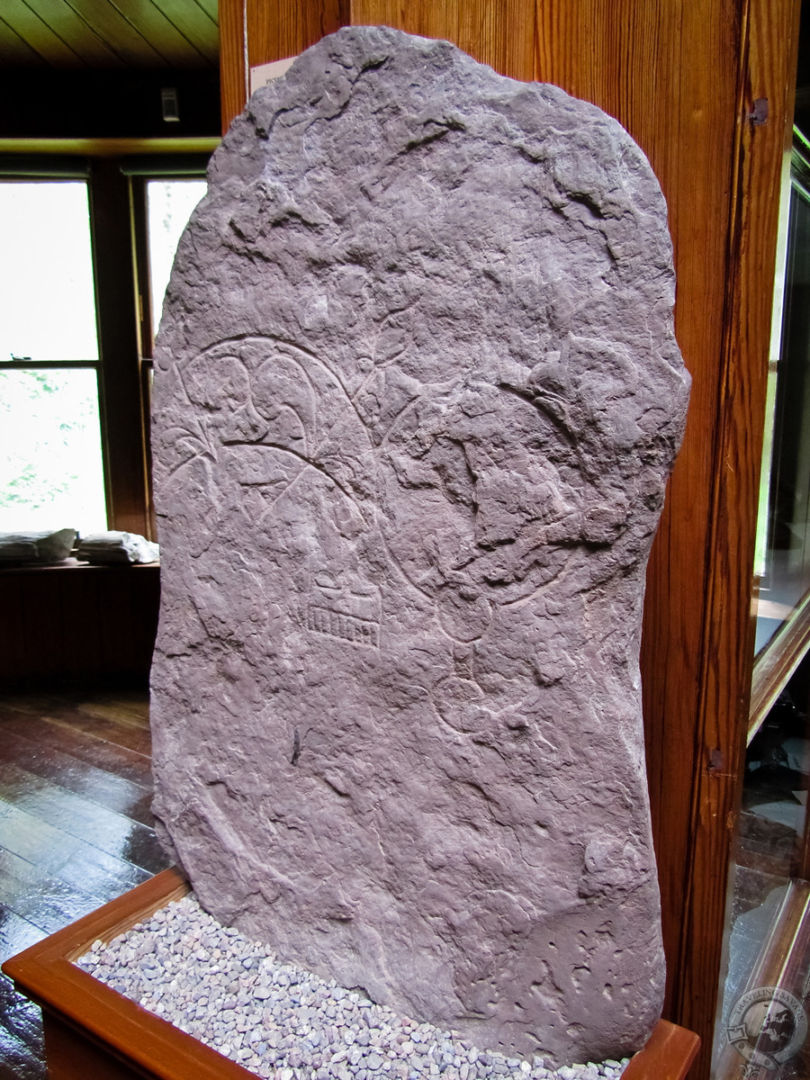
I just found your blog and really enjoy it. I spent a month on the Black Isle a few years ago and was really taken by the pictish items that are either on display or left in the open. I had ancestors in the area and was on a pilgrimage there. I was in Nigg church and was all alone with the Nigg stone. It really is amazing to be in solitude with something so full of mystery and age. I thought the Tarbat Discovery Centre was incredible as well and they’ve done a wonderful job there.
I didn’t mention Black Isle in this article, but, as you can see from the map above, it has the excellent Groam House Museum in Rosemarkie which is full of amazing Pictish artifacts. I had the opportunity to visit it a couple of years ago when I stayed at the Rosehaugh Estate outside Avoch. Where did you stay on Black Isle?
The Nigg Old Church really has a potent air about it, doesn’t it?
I stayed at the Anderson and for about a week, I was the only guest there. I had a gigantic room which was good enough for me to come home to at night. I also visited the Groam House museum too, it was fantastic. I went to the Nigg church hoping to find something about my ancestors in the graveyard as they were from there, but found nothing. I really wanted to see the stone though. Did you see the ‘cholera stone’? I found a lot of old churces and graveyards were lush places of solitude, even the overgrown ones. But yes, Nigg was really something, it had a really good energy about it.
I am fascinated that so many pictish stones are where churches are, and that they are preserved in their natural states. I’m from Canada, and one thing I loved and envied about Scotland is that you always have your history – there is no doubt about who you are or what your people did because it’s there.
After I went to Portmahomack, I did a google earth search of the area by air and it was amazing the formations in the land that you can tell are remains of something.
Actually, I don’t recall seeing the Cholera Stone! Damn! I do know that many of the early Christians built churches and other structures of religious significance on top of more ancient sites because 1) it was a form of reclaiming the site for the new religion, and 2) the sites where ancient monuments stood were believed to have some kind of geophysical power. It’s truly fascinating stuff!
It really is fascinating! Have you seen the ‘temple complex’ they’ve discovered on Orkney?
Here is a bit on the cholera stone (in case you don’t know about it) from http://www.ambaile.org.uk/en/item/item_photograph.jsp?item_id=59540′ defer onload=’
During the cholera epidemic of 1832, an elder of Nigg Parish Church saw a vaporous cloud in the churchyard that he took to be a cloud of cholera. A blanket or cloth was thrown over the cloud and a stone put on top of it, to prevent the cholera escaping. The stone remains in the churchyard, and is known locally as the ‘Cholera Stone’.
Hi Keith,
Wonderful to see that you have written this post about the Pictish Stones of Easter Ross and brought them to the attention of your readers. This is a very special area and we feel privileged to live here and have this visible link with art of the Picts from circa 800 AD. Since you were here the Nigg stone, after a complete restoration in Edinburgh, has an upgraded display area within the Nigg Old Church. I have pictures on Wemyss House Pinterest ‘Pictish Stones’ for anyone who is interested . Look forward to news about your forthcoming book and do look us up at Wemyss House if you are ‘passing’. Christine and Stuart
Hi Christine! I hope you and Stuart are doing well. I’m happy to hear the Nigg Stone has gotten some more love recently – it was one of the best I saw in the area. I would love to stop by and have a chat next time I’m your neck of the woods!
New places to go visit! YIPPEE!
Fabulous pictures of some of my favourite monuments. You might be interested in some of my ideas on my blog site. http://lastofthedruids.com/
Regards
Iain
Iain, I consider this comment to be a striking moment of synchronicity. As I developed the idea for my novel last winter and spring, I recall finding your website and cursing the fact that your book, The Last of the Druids, had not yet been released. Thank you for reminding me of it! I am going to purchase it straight away.
I’m curious to know the impetus behind your project.
Hi Keith,
I’ve been interested in the Picts since I was a child. It always struck me how they were routinely denigrated – yet their artistic achievments completely contradicted this. I have never been satisifed with explanations for the function of the symbols, which were repeated in many books without question. My ideas may be wrong or maybe right or somewhere in the middle, but as long as it makes people debate and challenge – I’m happy!
cheers,
Iain
I love the stone with the beach in the background! Incredible!!
The mystery of these places is a big part of why I love Scotland so much.
Tracy, I was actually in Orkney last May just a few months after it was announced to have been discovered, I believe. I don’t know if it’s clear that this area around the Ring of Brodgar and the Stones of Stenness is actually what we think of as a temple, but what is clear is that there’s much more to this site than meets the eye, and that is so, so exciting.
I’m obsessed with that site, Keith. I bet it was spectacular!
Beautiful article and pictures. For some inexplicable reason I love these stones. Thanks for sharing.
My pleasure. Thanks for reading!
can’t wait for the novel
I’m busting my butt to have zero draft finished in little over a month. Yipe!
Hi from the Black-Isle!
Came across your site whilst trying to find an interesting page to hyperlink to for my new site. Specifically for the Black-Isle Mid and Easter Ross area and I wanted more info on the Pictish Trail. And now I have it! Very comprehensive and a fascinating read!
Kind regards
Catherine
Thanks Catherine!
No problem – also just done a post about you on our facebook page! http://www.truehighlands.com
Great read!